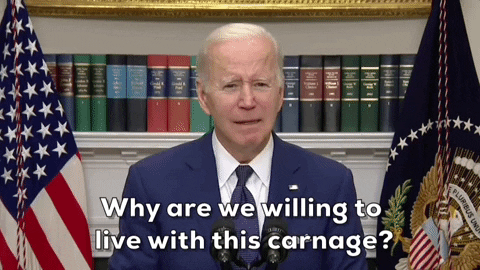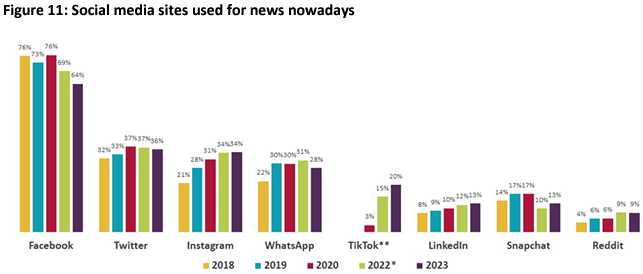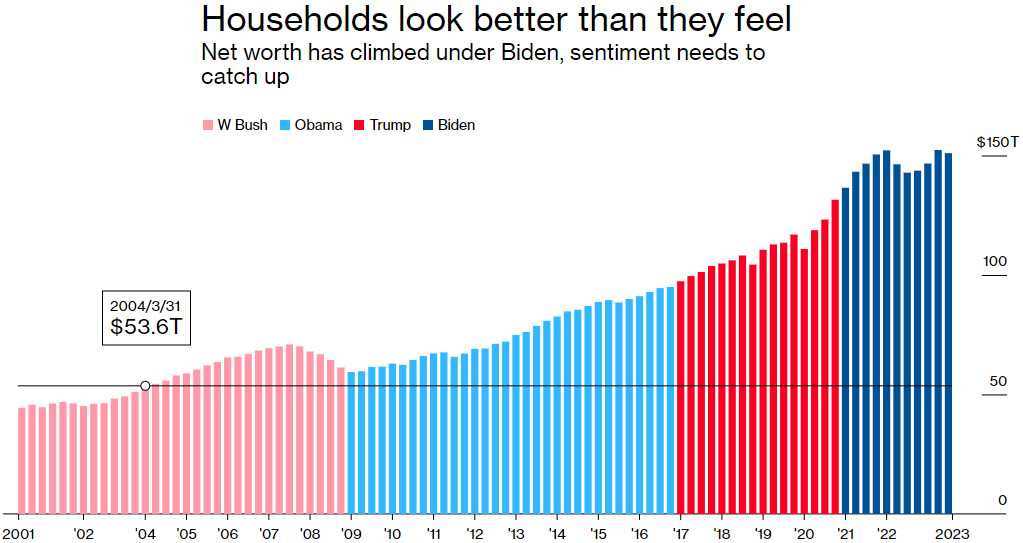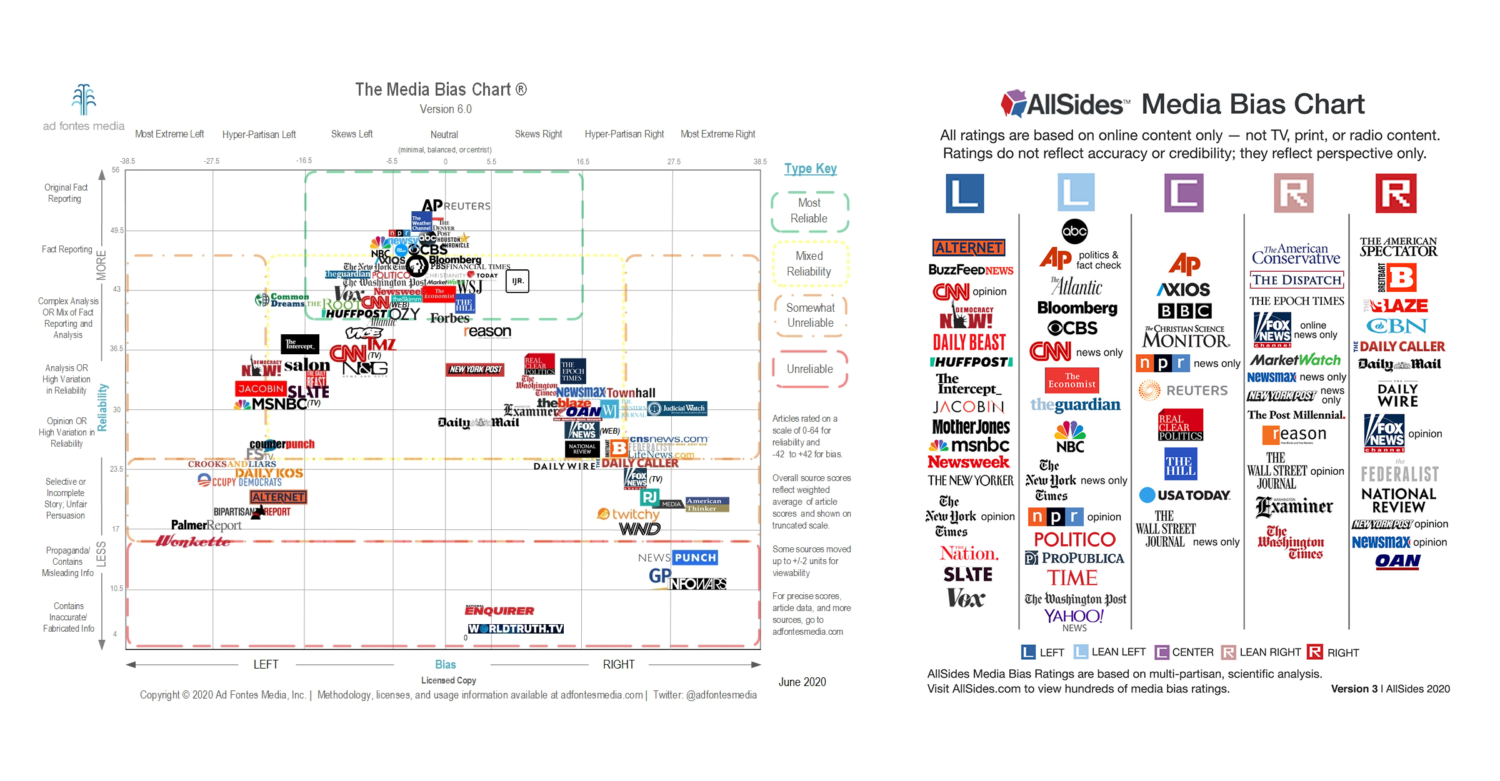 Joe Biden addresses Congress this evening.
Joe Biden addresses Congress this evening.
Last year, just 27.3M people watched the State of the Union address despite the fact that it was broadcast live on 16 different television networks – blame streaming for offering non-SOTU choices, I guess… To be fair, that’s a lot of people these days as even the number one show, NCIS, is only watched by 9.9M people – just a shadow of the kinds of ratings top shows got when when we were kids.
Will it matter what Biden has to say if less than 10% of Americans are hearing it (and 5M of those people are watching on Fox!)? Given the shifting sands of media consumption, the real battleground for Biden’s message isn’t just the floor of Congress; it’s the fragmented, digital-first landscape where snippets on Twitter, highlights on YouTube, and soundbites on news apps compete for Americans’ attention.

In this digital arena, the success of Biden’s address—and indeed, his broader communication strategy—will hinge on his ability to cut through the noise and resonate with voters (especially younger voters) on platforms where they are increasingly spending their time.
This year, as Biden stands before Congress, his challenge is twofold. First, he must articulate his achievements and vision in a manner that not only appeals to the traditional television audience but also translates effectively into the digital snippets that will circulate on social media and news sites in the days following. This means crafting messages that are not only policy-heavy but also emotionally resonant and easily digestible in short form. The goal is to generate viral moments that can outcompete the endless stream of content vying for viewers’ attention online.

Biden’s address comes at a critical juncture in his presidency, with the specter of a rematch against Trump looming large. This context adds an additional layer of strategic complexity to his speech. It’s not just about outlining policy or celebrating achievements; it’s about framing the narrative for the upcoming electoral battle. Biden needs to position himself not just as the antidote to Trump’s brand of politics but as a forward-thinking leader whose policies are directly addressing the concerns and aspirations of the American people.
To do this effectively, Biden will likely lean into the contrast between his proposed corporate tax reforms and the economic policies of the Trump administration. By highlighting his efforts to close loopholes and ensure that corporations pay their fair share (as we discussed in yesterday’s webinar), Biden aims to appeal to a sense of economic fairness and justice that resonates with many Americans. This is a narrative that plays well not only in traditional media but can also be powerfully amplified through social media channels, where discussions around economic inequality and corporate responsibility often gain traction.

Moreover, the backdrop of declining viewership for traditional broadcast events like the SOTU underscores the importance of diversifying engagement strategies. The Biden administration must leverage every tool in its digital arsenal – from social media platforms to influencer partnerships – to ensure that the president’s message is heard far and wide. This means not just broadcasting the speech across multiple platforms but also engaging in real-time with viewers through live tweets, interactive Q&As, and post-speech analyses that can keep the conversation going.
In conclusion, as Biden prepares to address Congress and the nation, the stakes are high, and the challenges are clear. In an era where attention is fragmented and traditional forms of engagement are losing their luster, success will require a savvy blend of policy depth, emotional resonance, and digital savvy. By effectively leveraging the digital landscape to amplify his message, Biden has the opportunity to connect with Americans in a meaningful way, setting the stage for the upcoming electoral showdown and beyond.

Not to be biased myself, I’ll let Warren present the facts of Biden’s Presidency heading into the most important speech of his long, long, LONG, life:
🤖 The Dichotomy of Biden’s Presidency: A Tale of Metrics vs. Perception
As President Biden navigates the complexities of his term amidst a backdrop of political gridlock and economic resilience, a closer examination of key metrics reveals a presidency of significant, albeit nuanced, achievements. Despite an economy that has shown remarkable tenacity in the face of inflation and borrowing costs, Biden’s approval ratings languish, a paradox that underscores the intricate relationship between presidential performance and public perception.
Immigration: A Thorny Issue with No Easy Fixes
Immigration reform remains one of the most contentious and unresolved issues of Biden’s presidency. Despite a slight decrease in border encounters, the numbers remain historically high, reflecting a system overwhelmed and in dire need of comprehensive reform. Biden’s extensive executive actions on immigration, while well-intentioned, highlight the limitations of unilateral measures in the absence of legislative support. The political impasse, exacerbated by partisan divisions, leaves a critical aspect of national policy in limbo, affecting Biden’s ratings on this front – a strategic win for the Republicans, who have blocked even their own bi-partisan reform bills.
Healthcare: A Bright Spot in Biden’s Tenure
On healthcare, Biden’s administration has made significant strides, achieving a record low in the number of uninsured Americans and a surge in Obamacare enrollments. These achievements, particularly in the face of the pandemic’s aftermath and the Medicaid disenrollment crisis, underscore Biden’s commitment to expanding access to affordable healthcare. This success story, especially notable in traditionally Republican strongholds, represents a key aspect of Biden’s legacy, demonstrating tangible improvements in Americans’ lives.
Economic Resilience Amidst Challenges
The economic landscape under Biden has been characterized by a robust labor market, with job growth and wage increases outpacing inflation—a notable turnaround from the inflationary pressures that initially marked his term. This economic resilience, driven in part by significant legislative acts like the American Rescue Plan and the Inflation Reduction Act, presents a complex narrative. While Biden’s policies have contributed to economic recovery and growth, public sentiment remains tepid, influenced by persistent inflationary concerns and the cost-of-living crisis.
The Green Transition: Progress and Pitfalls
Biden’s climate policies have catalyzed unprecedented investment in green energy, yet the path to net-zero emissions by 2050 demands even greater commitment. The surge in spending on electric vehicles and renewable energy projects reflects a decisive shift towards a sustainable future, but the scale of investment still falls short of the necessary targets. Moreover, the political opposition to green initiatives poses a significant barrier to comprehensive climate action.
Wealth, Inequality, and the Market Response
Under Biden, household net worth has seen considerable growth, and efforts to address income inequality have yielded positive results, particularly for lower-income workers. However, the disconnect between economic indicators and public sentiment highlights a broader issue of perception versus reality. Despite a thriving stock market and narrowing income gaps, many Americans remain concerned about their financial futures, influenced by the lingering effects of inflation and the affordability crisis in housing.
Addressing Crime and Enhancing Public Safety
Biden’s approach to public safety, advocating for increased funding for law enforcement, has coincided with a decline in violent crimes, particularly homicides. This strategy, emphasizing support for police forces while addressing the root causes of crime, reflects a pragmatic stance on public safety, challenging narratives around policing and community security.
The Conundrum of Approval Ratings
Despite these achievements and the positive trajectory on several fronts, Biden’s approval ratings paint a starkly different picture. This discrepancy raises questions about the factors influencing public opinion, from the enduring impact of the pandemic to concerns over Biden’s age and the polarized political climate. As the election looms, the challenge for Biden lies not only in highlighting his administration’s successes but also in bridging the gap between policy outcomes and public perception.
Looking Ahead: The Path to Reelection
As Biden gears up for a potential electoral rematch with Donald Trump, the metrics of his presidency—ranging from immigration and healthcare to economic growth and environmental policy—offer a mixed bag of successes and challenges. The ultimate question remains whether these achievements, coupled with a strategic approach to addressing public concerns, can sway voter sentiment in his favor. In the end, Biden’s path to reelection may hinge on his ability to navigate the complex interplay of policy, perception, and the pressing issues that define our times.
It will be interesting to see if Biden can shape a coherent message this evening. Powell attempted to do the same yesterday, when he testified to Congress and he goes again today in front of the Senate Banking Committee where, hopefully, he will get more intelligent question than our Congresspeople came up with yesterday.
The market went for a wild ride yesterday, topping out after lunch (and after Powell) but then giving it all back by dinner but now, before breakfast – we’re back to those strong bounce lines once again (also discussed in yesterday’s webinar).
What happens today is anyone’s guess but the ECB is kicking things off this morning by holding their rates steady at 4%, 1.25% below the current Fed Funds Rate and we’ll see if that has any effect on the Dollar, which could weaken further (now 103.23) if perception is we’re going to cut first.
Speaking of wild rides, Japan’s Nikkei took a big dive, from 40,300 to 39,000 (-3.2%) on speculation that the BOJ will finally end it’s 0% rate stance as wages rose 5.85% for the year already as the Nikkei blasted to record highs.
The question remains as to whether the Japanese Government, with their debt around 300% of their GDP, can afford to pay more than 0% interest on their bonds. If the US debt were $75Tn (3x GDP), then 1% would be $750Bn in interest payments alone, 2% $1.5Tn and 3% would be $2.25Tn, which is 10% of our GPD just for debt service.
You don’t have to imagine it – we’ll be there around 2045 – maybe 2040 if we re-elect Trump…








